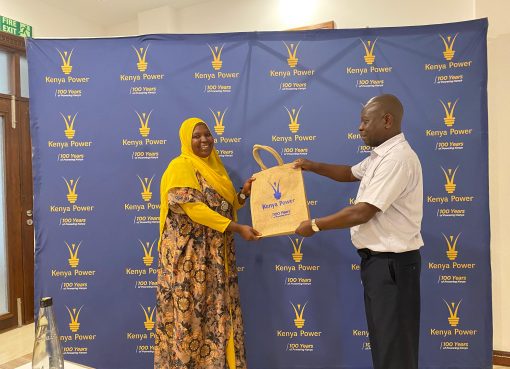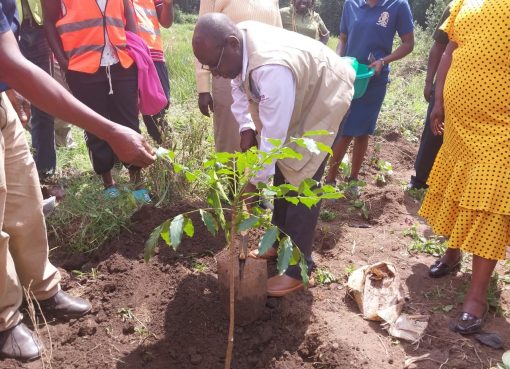With the government increasing access to clean, reliable and affordable electricity, from below 30 percent in 2013 to over 75 percent in 2020, Kenyans have been connected to energy which is driving new innovations and business ideas.
Energy Principal Secretary (PS), Maj. Gen. (Rtd). Dr. Gordon Kihalangwa, said that renewable energy currently accounts for 73 percent of all installed power generation capacity and 90 percent of the electricity that we use is from clean sources, which is key in improving people’s health a key component in the Universal Health Coverage (UHC).
Speaking at a Nairobi hotel, Tuesday, during the Kenya Energy Efficiency and Conservation Strategy Implementation Plan Validation Workshop, Kihalangwa said that Kenya is on course to achieve a 100 percent use of clean energy by 2030 and to achieve 100 percent access to clean cooking by 2028.
“The Strategic Plan covers five strategic sectors that includes households, buildings, transport, utilities-industry and agriculture. These targets all the essential areas in the ‘Big Four’ Agenda of food security, affordable housing, manufacturing and affordable healthcare for all,” said the PS.
He highlighted that with the building stock in Kenya forecast to grow to approximately 47 million square metres by 2025, electricity consumption in buildings and construction sector, is set to increase and electricity supply for all buildings both new and existing, will be from clean energy sources by 2030.
Kihalangwa said that through the Energy Act 2019, the Ministry of Energy consolidated the laws relating to energy, to provide for National and County Government functions in relation to energy.
“These were in the areas of promotion of renewable energy, exploration, recovery and commercial utilization of geothermal amongst other purposes, towards putting Kenya on the path of achieving Energy Efficiency and Conservation goals,” said Kihalangwa.
On the issues of electric vehicles the PS said… “Our Ministry, in collaboration with the Ministry of Environment and Forestry, and the World Resources Institute, have applied for a Nationally Agreed Mitigation Actions (NAMA) Facility Small Electric Vehicle program. The concept went through and is currently at Detailed Preparation Phase (DPP).”
He added that the Ministry is participating in the Mass Rapid Transit System within Nairobi Metropolitan Area (NMA), explaining that the Ministry of Energy influenced a decision to go electric for Bus Rapid Transport (BRT).
“KPLC with assistance from the Africa Development Bank (AfDB), has established a Super Energy Service Company (ESCO),” he added.
The PS said that reforms in the Energy Sector are continuously being formulated and implemented, to improve the sustainability of the performance of the national economy and reduce Greenhouse Gases (GHG) emissions and support the implementation of the Paris Agreement and effort towards achieving Kenya’s climate targets as set out in the country’s first Nationally Determined Contributions (NDC).
By Joseph Ng’ang’a





